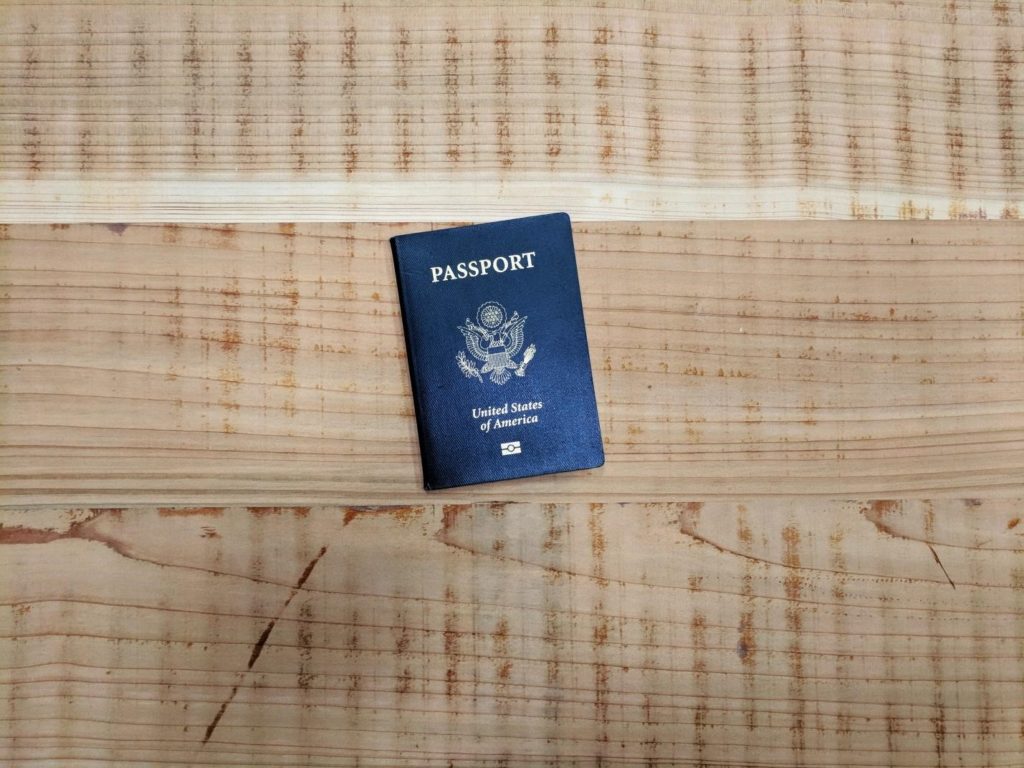Product manufacturers have a responsibility to ensure that the products they make are safe for consumers. If a flaw in the manufacturing process or the failure to properly label a product results in an injury, they can be held liable in a civil lawsuit.
That being said, it doesn’t always mean the suit will hold up in court, and if it does, you might not receive adequate monetary compensation in the form of damages. Here’s everything you need to know about suing a manufacturer when defective products cause injury.
Reasons to Sue a Company
Manufacturers are expected to make products that meet a specific threshold for quality and performance. A claim against them will generally fall into any of the following three categories:
- Design defect – This type of suit alleges that the product design makes it hazardous for its intended use
- Manufacturing defect – This comes about when a product is compromised during its manufacture
- Marketing defect – Also known as “failure to warn,” this type of claim arises from the failure to provide adequate instructions or warnings about the proper use of a product
Keep in mind that not all states classify injuries caused by defective products as product liability cases. Depending on the state laws in question, a claim might fall into any of the following categories:
- Negligence – These cases focus on the actions of the manufacturer, distributor, or retailer
- Product liability – These focus specifically on the product itself
- Breach of warranty – This means that a product failed to meet the guaranteed standard of performance
How to Sue a Manufacturer – The Basics
If a product you used has resulted in injury, you first need to identify who is liable in the first place. These are the parties you’ll name as the defendants in your lawsuit.
There are three main elements you need to establish right off the gate:
- The “chain of distribution”
- The special considerations that exist for foreign and corporate defendants
- The concept of “joint and several” liability when multiple defendants are involved
Below is an overview of how each of them works.
1. Figure Out the Chain of Distribution
The “chain of distribution” refers to the path a product takes from inception right up to the point it gets to the consumer. Most state laws define three main types of defendants that can be held liable in product liability suits.
Manufacturer

Manufacturers sit at the helm of the chain of the distribution of an injury-causing product. A manufacturer can range in size from an individual working out of a garage (in which case you cross your fingers and hope they have a solid insurance policy) to a large multinational corporation.
If the defective component forms part of a larger product, you’ll need to hold the manufacturer of the defective part and the manufacturer of the product itself liable in your suit. For instance, can you sue a car manufacturer if your car battery exploded, causing burns on your body? The short answer is – yes, you can. You would bring a product liability lawsuit against the car manufacturer and the battery manufacturer as well.
Ensure that you include any other parties that may have been involved in the design, manufacturer, or marketing of the defective product. The idea is to identify all entities that could be linked to the defect, particularly if they are separate from the manufacturer.
For instance, if a contractor or external consultant had a role in the design or manufacturing defect of the product in question, you also need to name them as the defendants in your manufacturer defect lawsuit.
It could be the quality-control engineers who gave the green light for the product to be manufactured or the design consultant contracted by the manufacturer who dropped the ball. You can even include the technical experts who were brought on board to come up with the usage instructions for the flawed product.
Retailer
While the retail store that sold a defective product may not be directly involved in producing a defective product, they can still be held liable for selling it to consumers. When naming the defendants in your lawsuit, it isn’t a question of choosing one over another. Any party in the chain of distribution involved in your acquisition of the defective product can be held liable.
When deciding whether to sue the retailer, there are a few things you need to keep in mind:
- You don’t have to be the actual buyer of the product – You can bring a lawsuit against the retailer if a borrowed product caused an injury.
- You don’t have to be the actual user of the product – You can sue the retailer if you were injured by a defective product that was being used by someone else.
- You might be able to recover damages for used products – You can sue the supplier of used goods if a defective product they sold you caused an injury.
Wholesaler or Distributor
All middlemen that may be involved in the chain of distribution between the manufacturer and retailer can also be held liable in a product liability suit. Middlemen in the case could be wholesalers, distributors, suppliers, and any other party in the chain.
2. Establish Whether the Defendants Are Foreign or Corporate Entities
If any of the entities in the chain of distribution is a foreign corporation, this doesn’t stop you from naming them in your lawsuit. Any foreign company doing business in the United States falls within the jurisdiction of the courts where it conducts business.
If the entities happen to be corporations, they can also be held liable since the law considers them the equivalent of persons. Even when they merge with or are acquired by other companies or spin-off from their existing one, you can also name the successor companies as defendants in your suit.
3. Figure Out if the Doctrine of “Joint and Several Liability” Applies
This legal doctrine holds that each defendant in your suit is liable both together (jointly) and individually (severally). If one of the defendants in your suit cannot pay their share of the damages, the other defendants have no choice but to pick up the tab.
Can You Sue Vaccine Companies
If you’ve experienced severe side effects after receiving the COVID-19 vaccine or any other vaccine for that matter, you’re likely wondering how to sue a drug manufacturer. While you can technically sue pharmaceutical companies for drugs that end up causing injury or death, vaccines don’t fall into that category.
The 1986 National Childhood Vaccine Injury Act was enacted to provide protection to drug manufacturers against open-ended liability. The law protects pharmaceutical companies against design-defect suits, provided that the vaccine was manufactured properly and had adequate warning labels.
Additionally, in 2005, Congress passed the Public Readiness and Emergency Preparedness Act. The law gave the US Department of Health and Human Services (HHS) the authority to provide legal immunity to pharmaceutical companies manufacturing or distributing vaccines, treatments, and other critical medical supplies, unless “willful misconduct” can be demonstrated. This legal immunity expires in 2024.
Are you currently dealing with a legal issue? Chat online with a Laws101 attorney right now.





















